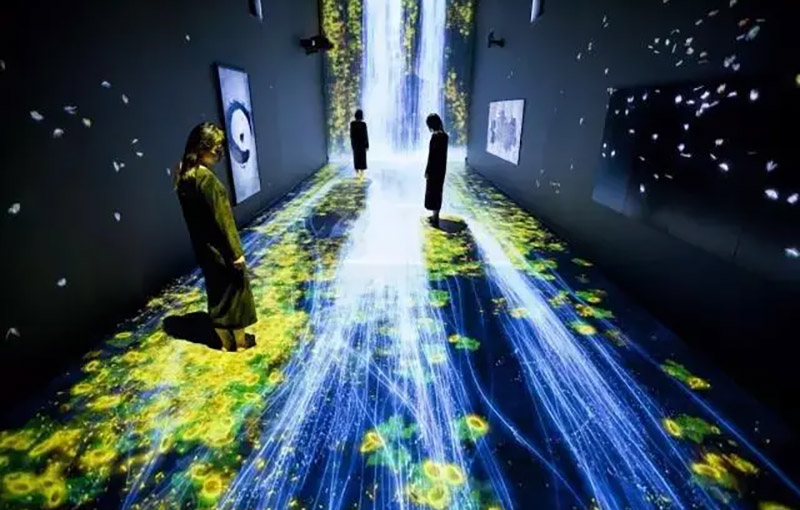Virtual reality (VR) benefits greatly from LiDAR technology, which contributes to creating immersive and realistic virtual environments. LiDAR’s ability to provide detailed 3D spatial data enhances the VR experience by making virtual worlds more accurate and interactive.

LiDAR technology captures precise spatial information by emitting laser pulses and measuring their reflections. This data can be used to create detailed 3D models of real-world environments, which can then be integrated into VR experiences.
Creating Realistic VR Environments
One of the primary benefits of LiDAR in VR is its ability to create realistic virtual environments. By using LiDAR scans of real-world locations, VR developers can replicate these environments with high fidelity. This allows users to experience virtual worlds that closely resemble real-world places, enhancing immersion.
Enhanced Interactivity
LiDAR also improves interactivity within VR environments. Accurate 3D models enable more realistic interactions between users and virtual objects. For example, LiDAR data can be used to simulate the physical properties of objects, such as weight and texture, making interactions feel more natural.
Applications in VR Training and Simulation
LiDAR-enhanced VR is particularly useful in training and simulation applications. For instance, VR simulations for military or emergency response training can benefit from accurate environmental models, providing a more effective training experience. Similarly, architectural and engineering firms use LiDAR in VR to visualize and interact with building designs before construction begins.
Challenges and Solutions
Despite its advantages, integrating LiDAR into VR applications can be challenging. Processing large volumes of data in real-time requires substantial computational power. However, advancements in hardware and software are addressing these issues, making LiDAR integration more feasible.
Future Developments
Looking ahead, we can expect further advancements in LiDAR technology and its applications in VR. Improved data processing techniques and more powerful VR hardware will continue to enhance the realism and interactivity of virtual environments.
Conclusion
LiDAR technology is playing a crucial role in advancing VR by providing detailed spatial data that enhances the realism and interactivity of virtual environments. As technology progresses, LiDAR’s impact on VR is likely to grow, offering even more immersive experiences for users.


